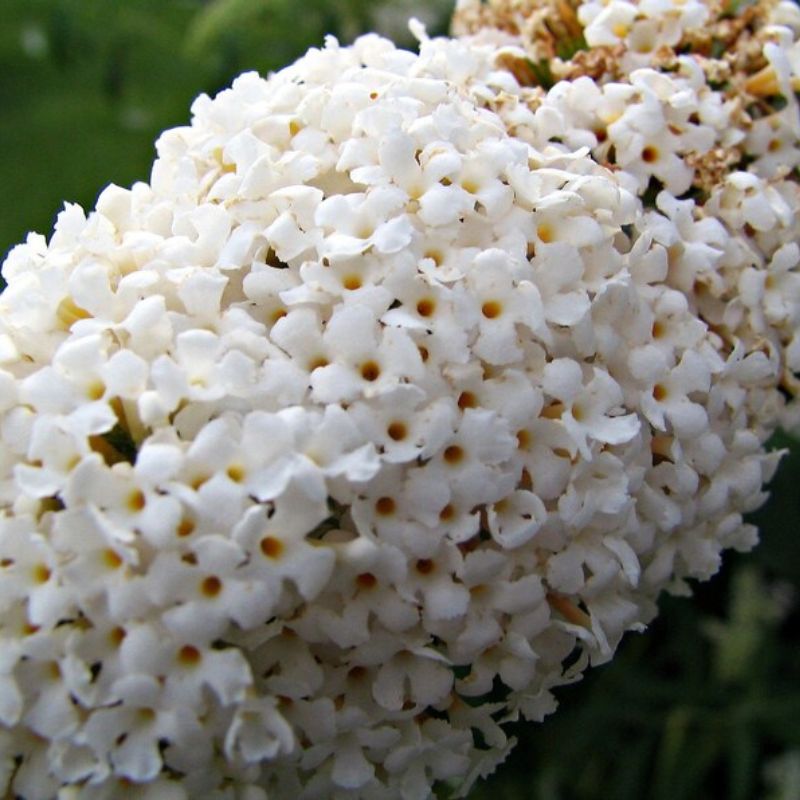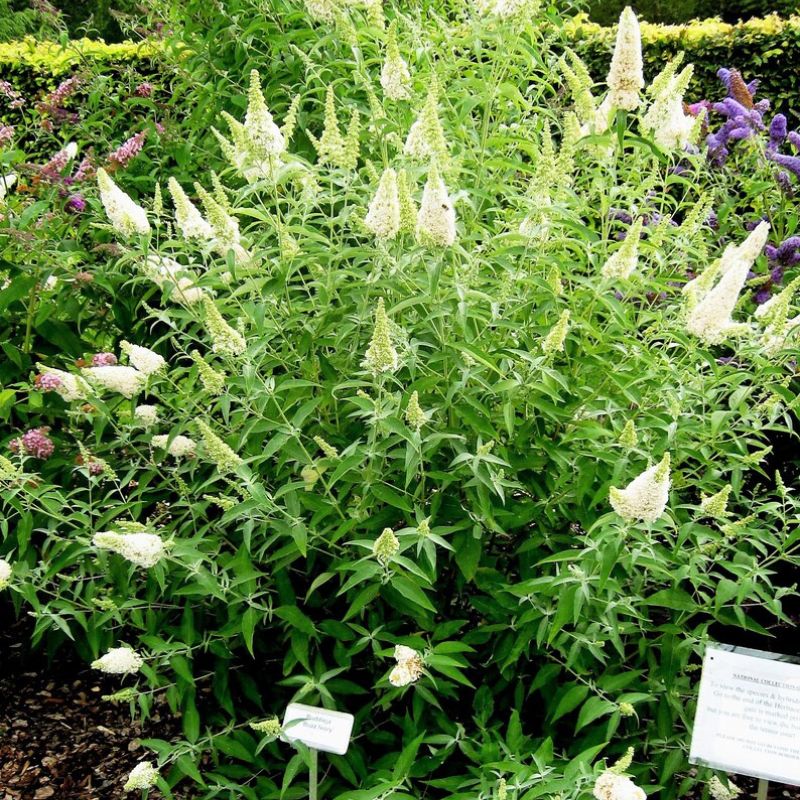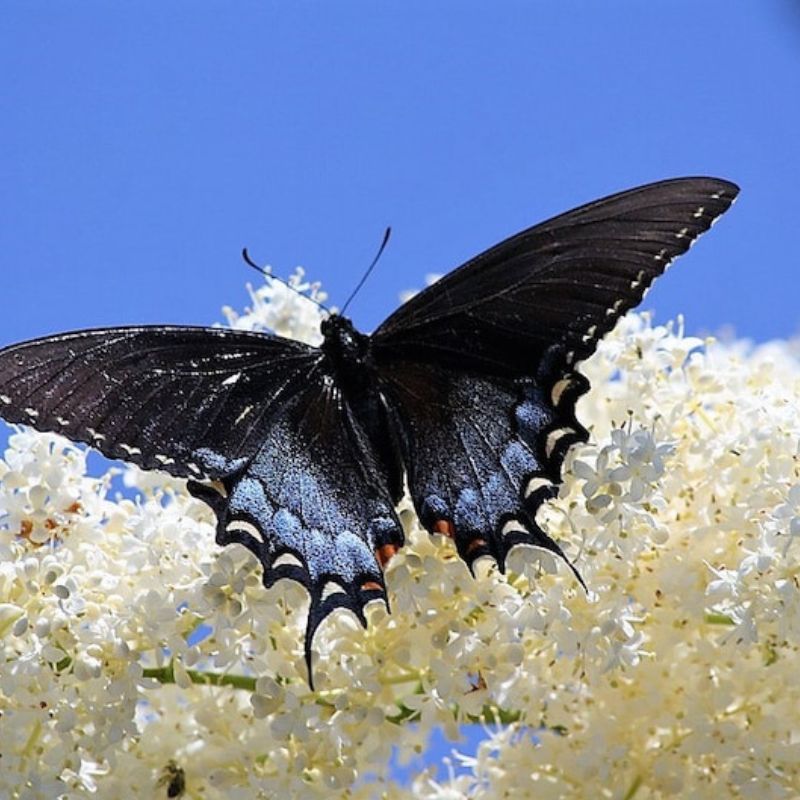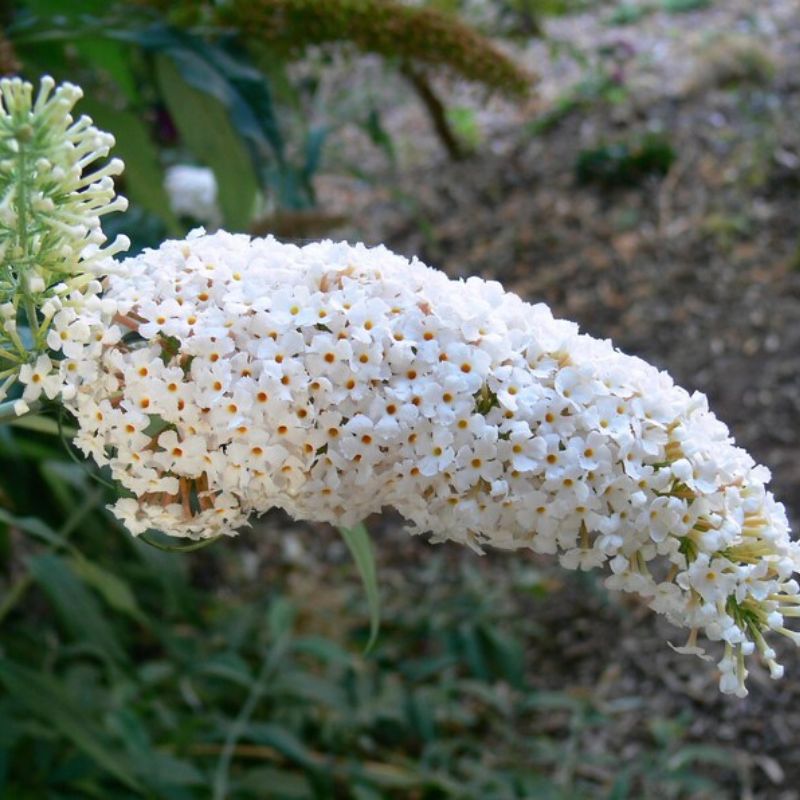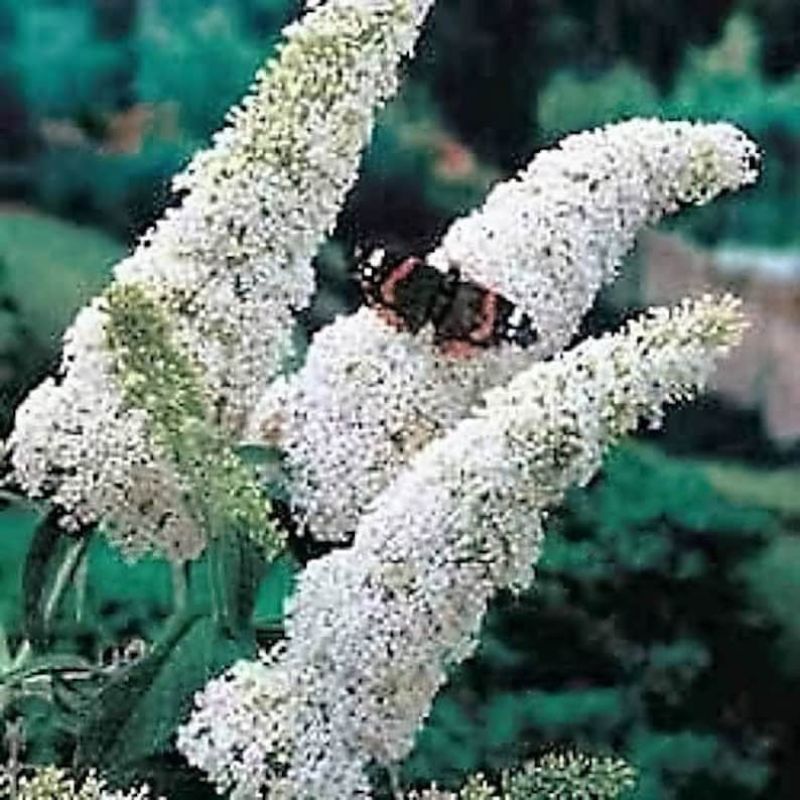- Historical context: Buddleia davidii, commonly known as the Butterfly Bush, was first described by the French botanist Adrien René Franchet in 1887. It was named in honor of the English botanist Adam Buddle.
- Geographical origination: The plant is native to central China and Japan.
- Relevant cultural significance: The Butterfly Bush is highly valued in horticulture for its ability to attract butterflies and other pollinators, making it a popular choice in butterfly gardens.
- Time period of discovery: The species was discovered in the late 19th century.
- Original habitat: Buddleia davidii typically grows in riverbanks, rocky slopes, and disturbed areas in its native range.
- Notable historical uses: Historically, the plant has been used for ornamental purposes due to its attractive flowers and ability to attract pollinators.
- Ideal temperature range: Buddleia davidii thrives in temperatures ranging from 60°F to 85°F (15°C to 29°C).
- Soil type: The plant prefers well-drained, fertile soil but can tolerate a range of soil types, including sandy and loamy soils.
- Sunlight requirements: Full sun is ideal for optimal growth and flowering.
- Watering needs: Moderate watering is required. The soil should be kept moist but not waterlogged.
- Planting season: The best time to plant Butterfly Bush seeds is in the spring after the last frost.
- Germination time: Seeds typically germinate within 14 to 21 days under optimal conditions.
- Growth cycle duration: Buddleia davidii is a fast-growing perennial that can reach maturity within one growing season.
- Common pests and diseases: Common pests include spider mites and aphids. Diseases such as root rot and downy mildew can occur if the plant is overwatered or grown in poorly drained soil.
- Companion planting advice: Companion plants include other pollinator-friendly plants such as lavender, coneflowers, and bee balm.
- Common challenges and solutions: One common challenge is the plant's invasive nature in some regions. Regular pruning and deadheading can help control its spread. Additionally, ensuring proper drainage can prevent root rot.
- Nutritional values: While not typically consumed, the flowers of Buddleia davidii are rich in nectar, providing a valuable food source for pollinators.
- Health benefits: The plant is primarily valued for its ecological benefits rather than direct health benefits to humans.
- Culinary uses: There are no significant culinary uses for Buddleia davidii.
- Medicinal uses: In traditional Chinese medicine, parts of the plant have been used to treat eye conditions and skin ailments, although these uses are not widely recognized in modern medicine.
- Other unique advantages: The Butterfly Bush is renowned for its ability to attract butterflies, bees, and hummingbirds, making it an excellent choice for pollinator gardens. Its rapid growth and vibrant flowers also make it a popular ornamental plant.
